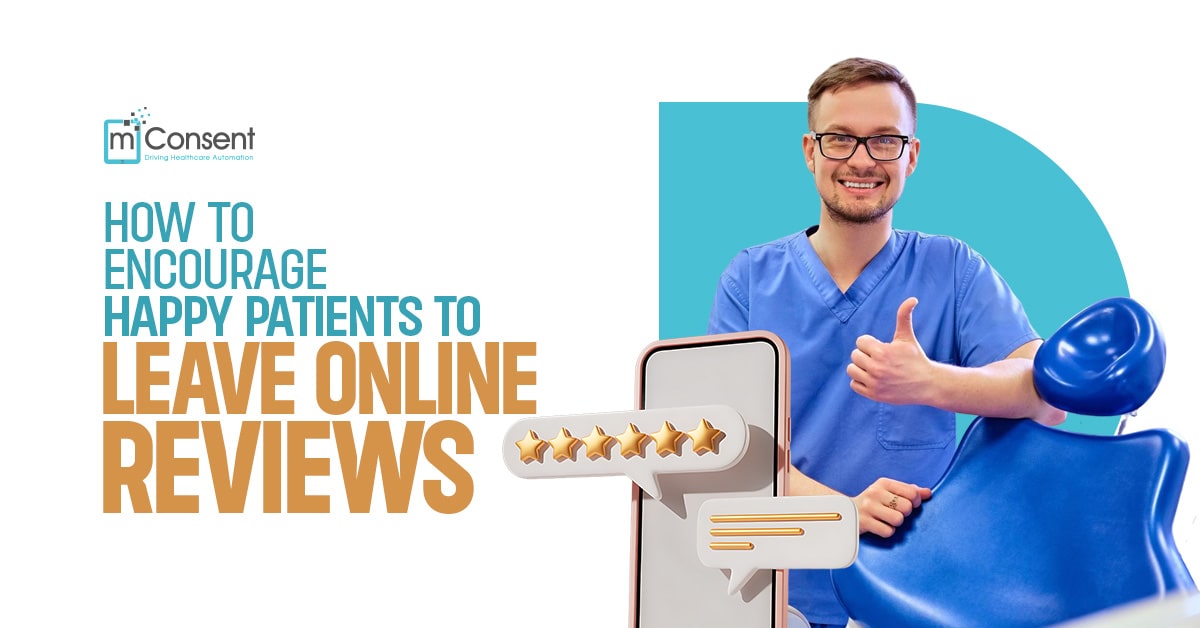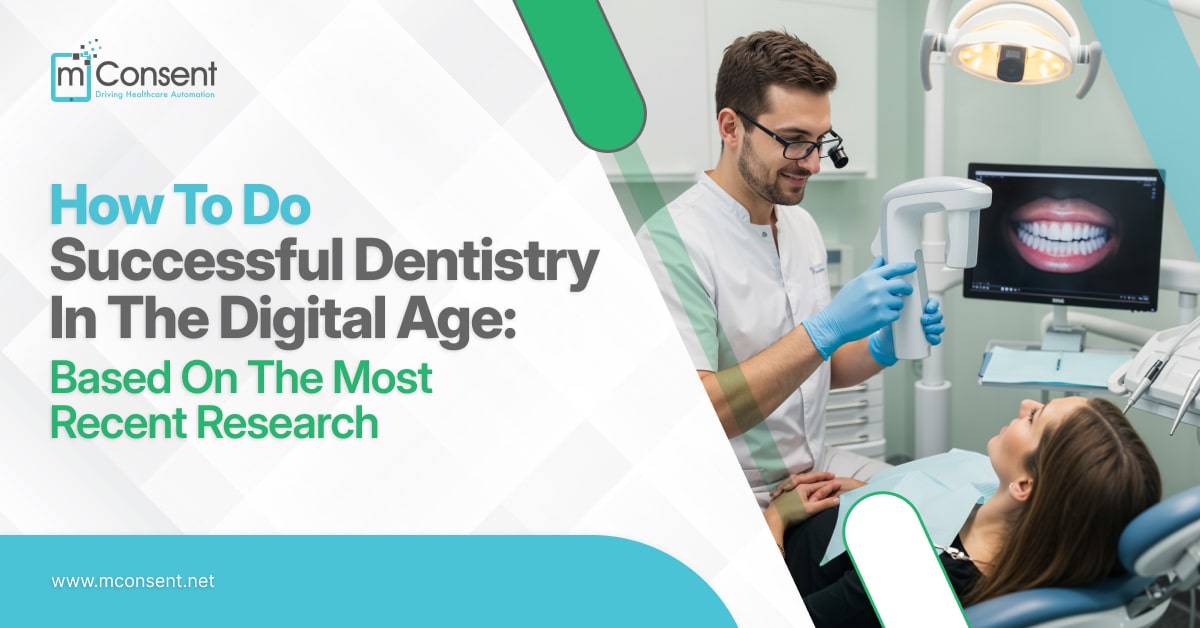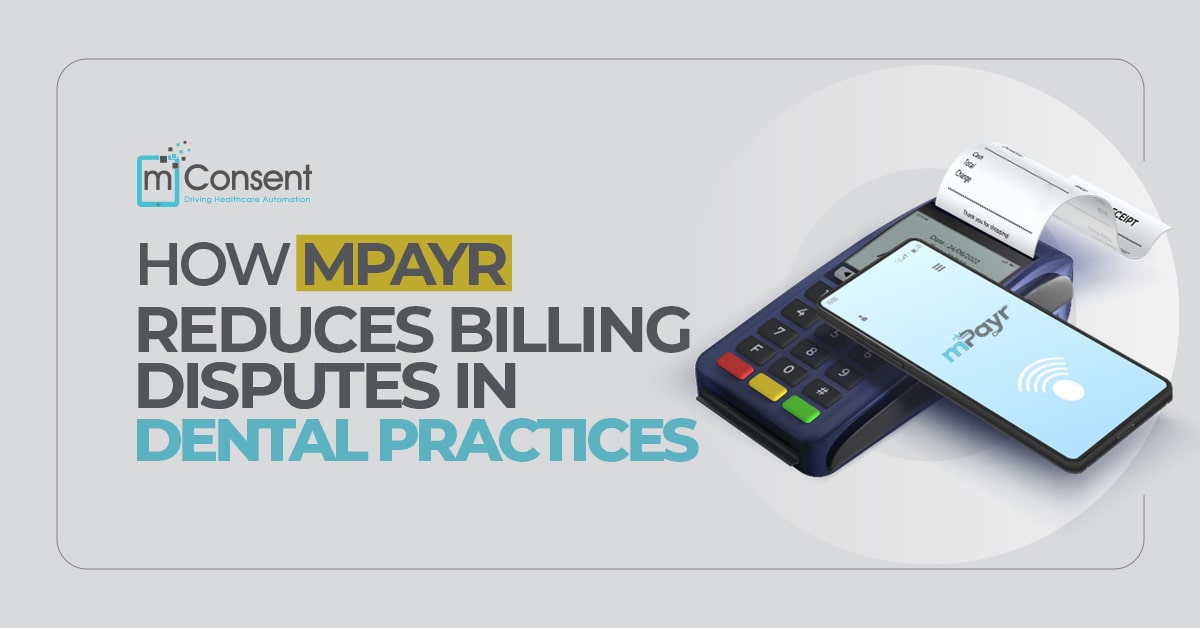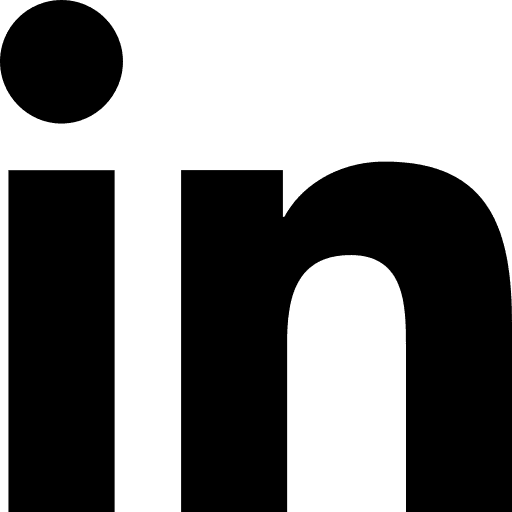It’s 10:30 AM at a typical dental office. The front-desk team juggles phone calls, confirms afternoon appointments, answers insurance queries, checks in patients, and manages last-minute reschedules. Tension fills the room, and nobody’s had time for a proper break.
Burnout in dentistry is real — and growing. But too often, it’s blamed on a “staffing issue.” Front-desk teams are told to “work harder,” “stay positive,” or “just keep up.” What’s rarely acknowledged? The trustworthy source of burnout isn’t a lack of effort or resilience — it’s a system problem.
Dental staff aren’t failing. The processes they’re expected to follow are as follows:
Let’s be clear: burnout is not inevitable. It is often the outcome of outdated, inefficient workflows that leave even the most capable teams exhausted and disengaged.
Breaking Down Burnout — What It Looks Like in Dentistry
Burnout in a dental practice doesn’t always look like someone quitting on the spot or emotionally shutting down. It builds slowly through fatigue, frustration, and a loss of enthusiasm for the work.
Here’s how burnout manifests in dental offices:
- Mental fatigue: Staff mentally crash from the nonstop switching between tasks — from checking insurance to answering phones to managing walk-ins.
- Low job satisfaction: Team members feel they’re always behind, never appreciated, and stuck doing work that feels more clerical than clinical.
- Emotional exhaustion: That tired, drained feeling at the end of every shift — and worse, dreading the next one.
What’s fueling this?
- Outdated manual tasks that eat up time
- Redundant paperwork that leads to errors and rework
- Appointment miscommunications are causing scheduling chaos
- Insurance verification processes that take hours, not minutes
It’s not that your team isn’t trying hard; they’re constantly working against inefficient systems.
The Hidden Costs of Process Overload
When dental teams drown in admin tasks, the costs go far beyond missed breaks or tired employees.
Here’s what process overload does:
- Increases human error: The more manual steps involved, the more likely something will be missed—an appointment time, a scanned insurance card, or a treatment detail.
- Leads to patient dissatisfaction: A long wait, a miscommunication about insurance, or unclear instructions can easily erode trust in your practice.
- Reduces productivity: Time spent on unnecessary admin is not spent on high-value patient care.
- Drives turnover: Burnout leads to resignations. Constantly hiring and retraining new staff drains energy and increases overhead.
The problem is invisible at first. But over time, you’ll notice the symptoms: lower morale, higher mistakes, and a revolving door at the front desk.
What Outdated Processes Look Like
Burnout doesn’t start with people—it starts with processes, and in many practices, those processes haven’t changed in decades.
Here are the red flags of an outdated dental workflow:
- Paper-based patient intake: Patients fill out long forms by hand, staff manually enter data, and errors creep in.
- Phone-based confirmations: Staff spend hours calling or leaving voicemails to confirm appointments — often with no response.
- Insurance card scanning and manual data entry: Slows down check-in and increases the risk of entry mistakes.
- Verbal reminders and paper notes: Important follow-ups get lost or forgotten, affecting patient compliance.
- Disconnected software systems: The front desk, billing, and scheduling don’t “talk” to each other, leading to duplication and miscommunication.
These systems were designed for a different time. Today, they’re pushing dental teams to their breaking point.
It’s a System Issue, Not a People Problem
It’s time we stop asking, “Why can’t our team keep up?” and start asking, “Why are we making them work this way?”
Burnout is not about effort. It’s about the environment.
Even the most dedicated staff can’t overcome:
- Endless phone tag
- Repetitive manual data entry
- Juggling multiple platforms that don’t sync
- Constant rework due to preventable mistakes
You don’t fix burnout by hiring more people — you fix it by removing the bottlenecks and giving your team the tools to thrive.
That starts by modernizing the way your practice operates—not by replacing your people but by empowering them.
Real-World Solutions for Real-World Dental Burnout
If burnout stems from poor systems, the solution lies in better ones. And the good news? You don’t need a total overhaul — just more innovative tools that integrate into your existing workflows.
Here are proven, people-first upgrades that make a big difference:
- Digital forms: Replace handwritten paperwork with online forms that patients complete before arriving. This cuts down on wait times and eliminates double entry.
- Automated reminders: Let software handle appointment confirmations via text or email — no more calling patients all day.
- Integrated insurance verification: Instantly verify benefits before the patient arrives, removing one of the most frustrating front-desk tasks.
- Self-check-in kiosks: Streamline the check-in process so patients can update information and check in without staff assistance.
- 2-way texting: Enable real-time patient communication that feels personal but doesn’t tie up your phone lines.
These aren’t luxuries. They’re industry standards in 2025 — and critical to preventing staff burnout.
Case Reflection — What Practices Get Right
Consider this example:
A mid-sized dental office in Texas was struggling. Their front desk team was overworked, patients were annoyed at long wait times, and morale was slipping fast.
Instead of hiring more staff, the practice took a different route:
- They switched to digital patient intake
- Set up automated reminders and 2-way texting
- Introduced self-check-in kiosks
- Started verifying insurance digitally
Within three months:
- Appointment no-shows dropped by 30%
- Patient satisfaction scores went up
- The front desk reported feeling more in control and less exhausted
This practice didn’t change their team—it changed the system their team worked in, and that made all the difference.
Conclusion: Burnout Is a Symptom — Fix the System First
Burnout doesn’t begin with people — it starts with the way we ask people to work.
Dental staff aren’t “burning out” because they can’t handle the job. They’re burning out because the job hasn’t evolved to meet the demands of modern patient care.
Not only are phone tag, disconnected software, and paperwork annoying, but they also hinder productivity, happiness, and well-being.
Examine the systems rather than just the symptoms if you observe burnout in your profession.
- Are your team members being helped or hindered by your workflows?
- Are you asking employees to carry more, or are you employing tools that make the job easier?
- Does your team have to handle everything by hand, or do your patients have the ability to self-serve?
You can take action before a catastrophe arises. Listen to your employees, and consider what may be achieved with the correct resources and attitude.
Change is necessary, but burnout is not inevitable.
""

![HIPAA Release Form – All you Need to Know [Instant Download]](https://mconsent.net/wp-content/uploads/2021/09/HIPAA-Release-Form-All-you-Need-to-Know-Free-Release-Form.jpg)















